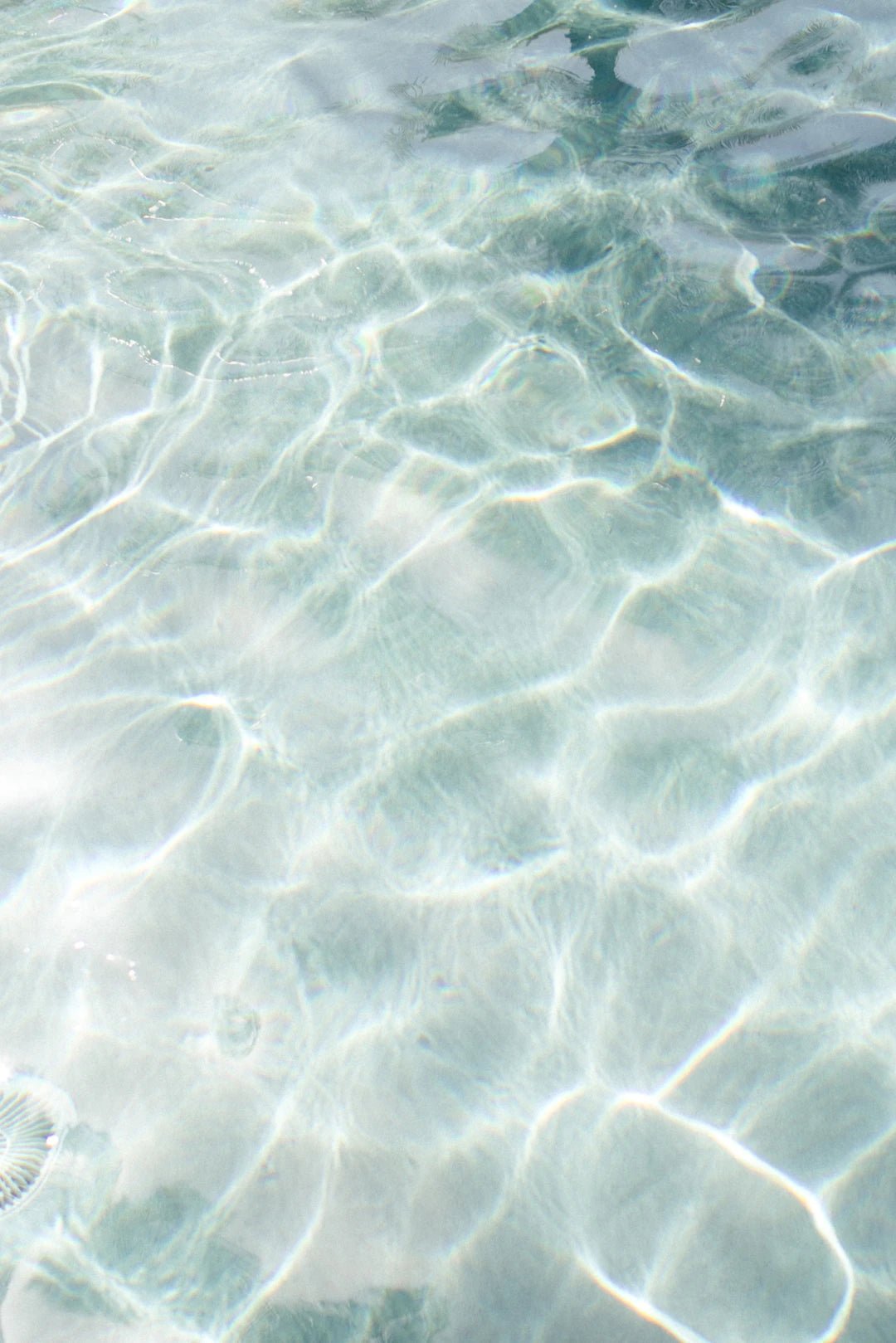Essential Maintenance Tips for Your Reverse Osmosis System
Overview
Learn essential maintenance tips for your reverse osmosis system to ensure clean drinking water in Australia. Key points include regular filter replacement, monitoring water quality, checking for leaks, managing temperature, and avoiding common mistakes. Proper upkeep not only prolongs system life but also supports health and sustainability.
Frequently Asked Questions
1. What is a reverse osmosis system?
2. How often should I replace the filters in my reverse osmosis system?
3. What should I do if I notice changes in my water quality?
4. How can I protect my reverse osmosis system from high temperatures?
5. What common mistakes should I avoid with my reverse osmosis system?
If you're living in Australia and invested in a water filtration system, understanding how to maintain your reverse osmosis system is crucial. Regular maintenance not only prolongs the life of the system but also ensures that you get the purest drinking water possible. In this guide, we'll explore key maintenance tips for your reverse osmosis system that every Australian should know.
Understanding Your Reverse Osmosis System
Before diving into maintenance tips, it’s important to understand how a reverse osmosis filtration system works. A reverse osmosis system uses a semi-permeable membrane to remove contaminants from water. This technology is particularly effective in eliminating larger molecules, ions, and unwanted particles, ensuring that your water is clean and safe to drink.
Why Choose a Reverse Osmosis Water Filtration System?
Considering the quality of water in Australia can vary greatly by region, a reverse osmosis system can be an excellent choice. Here are a few reasons to opt for this advanced water filtration system:
- Effective Purification: Reverse osmosis can eliminate up to 99% of pollutants, including chlorine, lead, and sediments.
- Taste and Odor Improvement: It enhances the taste and smell of your water by removing impurities.
- Cost-Efficiency: Although setup may require an initial investment, the long-term savings on bottled water are significant.
Regular Maintenance for Optimal Performance
To keep your reverse osmosis system functioning optimally, routine maintenance is essential. Here are several maintenance tips specifically tailored for Australian conditions.
1. Regular Filter Replacement
The most crucial aspect of maintenance for your reverse osmosis system is the regular replacement of its filters. Over time, these filters clog with impurities and reduce their efficiency.
Typically, you'll want to replace your filters every 6-12 months, but consult your manufacturer’s guidelines for specific recommendations. Regular reverse osmosis filter replacement ensures that you consistently enjoy high-quality water.
2. Monitor Water Quality
Monitoring the quality of the water produced by your system is vital. If you notice any changes in taste, odor, or appearance—such as cloudiness or unusual smells—take action. This could be a sign that your water filter needs attention.
Investing in a total dissolved solids (TDS) meter can be an effective way to assess the quality of your water quickly. This tool helps in determining whether your system is performing as intended.
3. Check for Leaks and Damage
Regularly inspect your reverse osmosis system for any signs of leaks or damage. It’s common for components to wear over time, and addressing leaks promptly can save you from more extensive repairs.
Check the following:
- All water connections and tubes for leaks.
- Membrane housing for cracks.
- O-rings and seals to ensure they are intact.
Special Considerations for Australian Conditions
Australia's climate can significantly impact the performance and longevity of your reverse osmosis system. From high temperatures to varying water quality, here are some specific tips tailored for Australian homeowners.
1. Temperature Management
High temperatures can affect the efficiency of your reverse osmosis system. Install your unit in a shaded area or a temperature-controlled environment to prevent heat from compromising the integrity of the components. Systems that get too hot may have reduced filtering capabilities.
2. Hard Water Issues
In areas with hard water, the minerals can accumulate in the filters and membrane. Using a pre-filter can help reduce the impact of hard water on your system, extending the life of your water filtration system. Choosing a high-quality pre-filter will also enhance the performance of your reverse osmosis unit.
3. Seasonal Maintenance Checks
As summer ends and winter approaches, it’s a good idea to do a seasonal check of your entire reverse osmosis system. This will ensure that it’s ready for the demands of a changing climate, especially in areas prone to droughts or heavy rains.
Disinfection and Sanitization
Occasionally, you'll need to disinfect your reverse osmosis system to eliminate any bacteria or biological contaminants that may develop over time. Here's how to do it:
1. Use a Sanitizing Solution
Follow your manufacturer's instructions for a suitable sanitizing solution. A common method is to use a mixture of household bleach and water. Make sure to comply with safe practices, and remember to flush the system well afterward to remove any bleach residue.
2. Sanitize the Membrane
When sanitizing, be sure to clean the membrane properly as well. The membrane is a crucial part of your reverse osmosis system, as it’s responsible for filtering out impurities. Sanitizing it helps to maintain the quality of your water.
Keeping Records
Keeping track of maintenance schedules, filter replacements, and testing results can be very beneficial. Create a log that includes:
- Filter replacement dates
- Maintenance performed
- Water quality test results
Doing so allows you to spot trends over time and helps in troubleshooting any issues that may arise with your Rippl Pure water filtration system.
Common Mistakes to Avoid
Knowing what NOT to do is just as crucial as knowing what to do. Here are common mistakes to steer clear of with your reverse osmosis system:
1. Ignoring the User Manual
Your system's user manual contains vital information, including specifics on filter replacement and maintenance tips. Don’t overlook these instructions; they are essential for the proper functioning of your unit.
2. Overusing the Filters
Using filters past their recommended lifespan can compromise water quality and strain the system. Make sure to replace your filters on time to avoid decrease in performance.
3. Skipping Routine Check-Ups
Regular check-ups help catch minor problems before they escalate into major repairs. Don’t skip these periodic evaluations, particularly if you notice any oddities in your water quality.
The Ripple Effect of Water Quality
A well-maintained reverse osmosis system not only ensures the health of your family but also promotes sustainability. Clean, filtered water is vital for personal well-being and environmental health. By following these maintenance tips, you contribute positively to the broader ecosystem. Not to mention the joy of accessible and refreshing water at your fingertips every day!
Invest in your health by safeguarding the quality of your drinking water. Regular maintenance of your reverse osmosis system will not only keep you hydrated but also support the mission of providing pure water for everyone. Cheers to clean drinking water!
Linked Product

Reverse Osmosis Filter Replacement for Rippl Pure - Essential to Maintain Clean, Pure Water
The Reverse Osmosis Filter Replacement for Rippl Pure is designed to maintain the effectiveness of your water filtration system by removing contaminants and improving water taste. Regular replacement, recommended every 12–24 months, helps ensure ongoing access to clean, safe drinking water while extending the lifespan of the system. Easy installation guidelines make it straightforward to keep your system in optimal condition.
View Product


